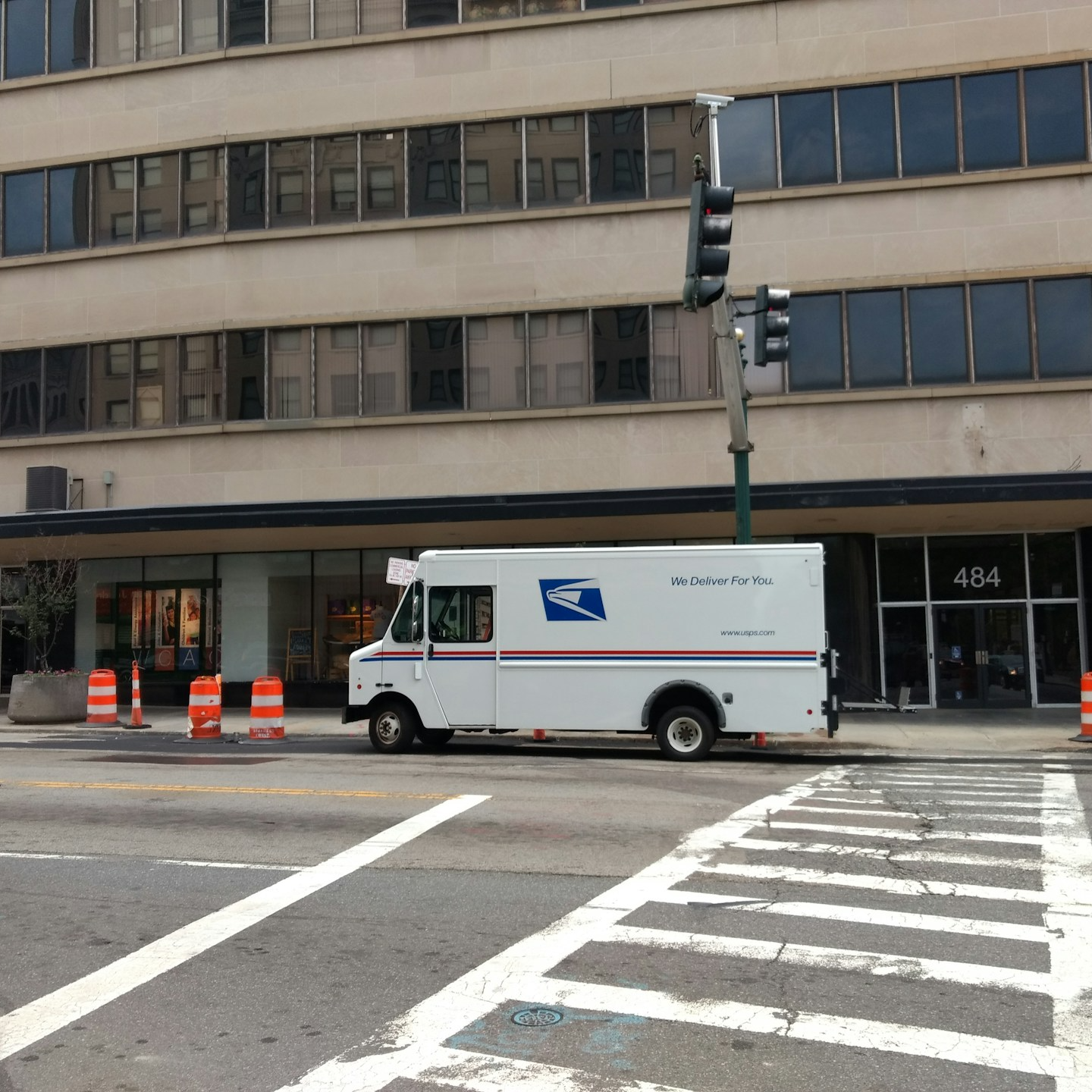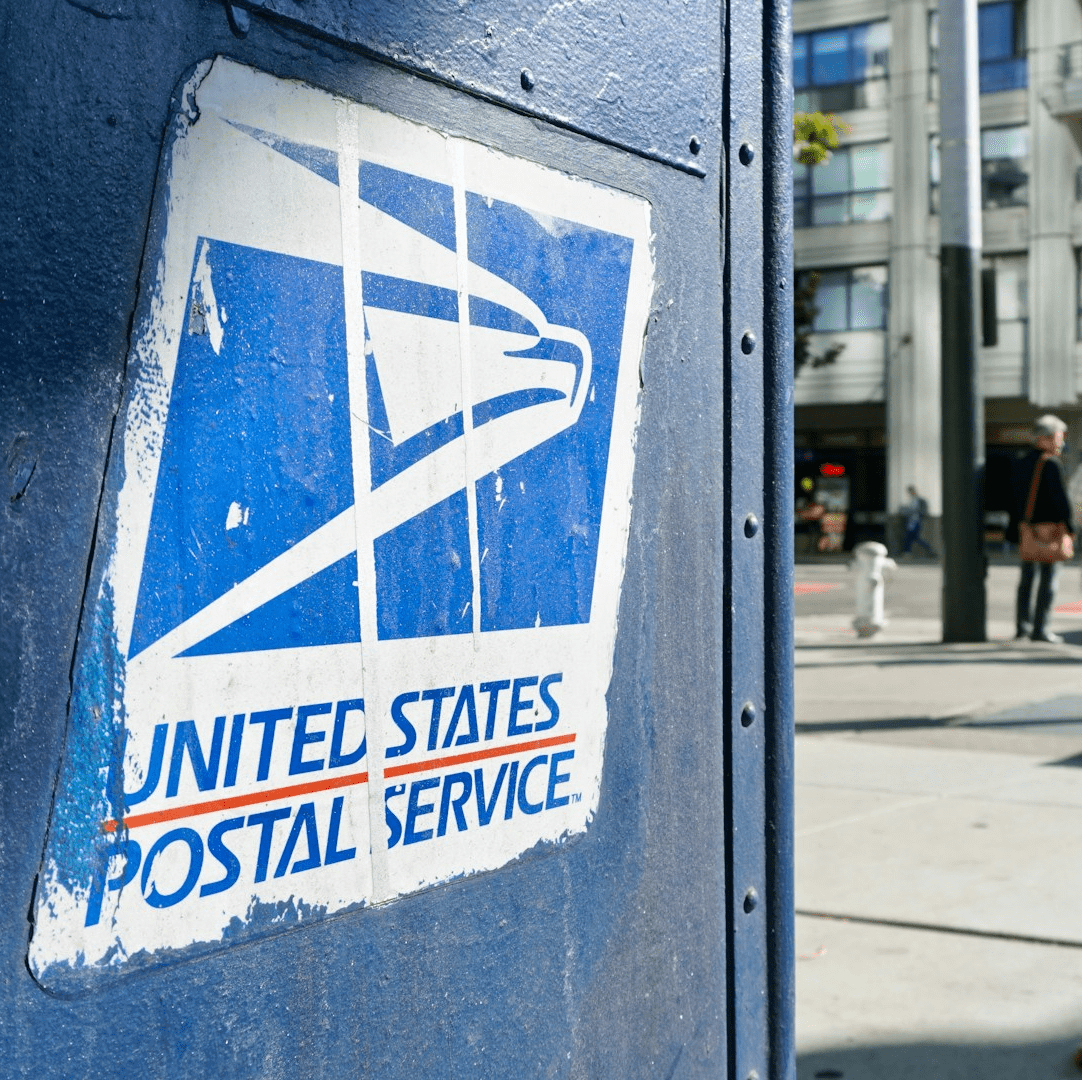Key Takeaways:
-
Medicare plays a crucial role in managing healthcare costs, especially for Postal Service Health Benefits (PSHB) enrollees.
-
Understanding how Medicare integrates with PSHB can help you maximize your benefits and reduce out-of-pocket expenses.
Planning for Healthcare in Retirement: Why It Matters
Healthcare costs can be a significant concern as you approach retirement, and Medicare remains at the center of most retirement strategies. If you’re a Postal Service employee or annuitant, understanding how Medicare fits with your PSHB coverage is essential. It’s not just about securing your health but also about safeguarding your finances.
Medicare Basics You Should Know
Medicare is divided into parts, each covering specific services:
-
Part A (Hospital Insurance): Covers inpatient hospital stays, skilled nursing facilities, hospice care, and some home healthcare. For most people, it’s premium-free.
-
Part B (Medical Insurance): Covers outpatient services, doctor visits, preventive care, and durable medical equipment. In 2025, the standard monthly premium is $185.
-
Part D (Prescription Drug Coverage): Helps with the cost of prescription medications. There’s a $2,000 annual out-of-pocket cap, a significant change in 2025.
-
Medicare Advantage (Part C): Combines Parts A, B, and often D, offering additional benefits like dental and vision.
If you’re transitioning to PSHB in 2025, these parts will play an important role in your healthcare planning.
How Medicare Integrates with PSHB
Medicare and PSHB can work together to provide comprehensive coverage. When you enroll in Medicare, PSHB becomes secondary insurance, which can:
-
Lower Your Costs: Medicare pays first, and PSHB often covers the remaining balance, reducing your out-of-pocket expenses.
-
Enhance Prescription Coverage: Medicare Part D coordinates with PSHB plans, benefiting from the new $2,000 drug cost cap.
-
Simplify Claims: With both programs, billing processes are often streamlined.
To maintain PSHB coverage, Medicare-eligible enrollees must sign up for Medicare Part B unless exempt. This integration ensures you’re fully protected against high medical costs.
Enrollment Deadlines You Can’t Miss
Timely enrollment is critical to avoid penalties and lapses in coverage:
-
Initial Enrollment Period (IEP): Starts 3 months before your 65th birthday and ends 3 months after.
-
General Enrollment Period (GEP): Runs from January 1 to March 31 each year if you missed your IEP.
-
Special Enrollment Period (SEP): Applies if you’re still working and covered by an employer plan.
Cost-Saving Opportunities in 2025
Healthcare costs can be overwhelming, but Medicare’s updates for 2025 offer new ways to save:
-
Out-of-Pocket Cap: The $2,000 limit on prescription drug costs significantly reduces financial strain.
-
PSHB Benefits with Medicare: Many plans waive deductibles and lower copayments for Medicare enrollees.
-
Preventive Care: Medicare covers annual wellness visits and screenings, helping you stay healthy and avoid costly treatments.
What Happens If You Delay Enrollment?
Delaying Medicare enrollment can lead to penalties:
-
Part B Penalty: For every 12 months you delay, your premium increases by 10% permanently.
-
Part D Penalty: A 1% increase in premium for every month without creditable prescription drug coverage.
These penalties are lifelong, so timely enrollment is crucial.
Making the Most of Medicare’s Preventive Services
Preventive care is a cornerstone of Medicare. Services include:
-
Screenings for conditions like diabetes, cancer, and heart disease.
-
Vaccinations, including flu and pneumonia shots.
-
Annual wellness visits to create or update your personalized prevention plan.
Using these services not only maintains your health but also helps identify potential issues early, saving money in the long run.
Coordinating Care Between Medicare and PSHB
To maximize your benefits, coordination is key:
-
Understand Your Coverage: Know what Medicare covers and what PSHB fills in.
-
Keep Both Plans Active: Dropping PSHB after enrolling in Medicare may lead to higher costs and fewer benefits.
-
Utilize Plan Resources: PSHB plans often provide guides and customer support to help you navigate dual coverage.
Preparing for Medicare Costs in Retirement
Even with Medicare, you’ll have out-of-pocket expenses. Planning ahead ensures these costs don’t derail your retirement:
-
Budget for Premiums: Include the $185 Part B premium and any Part D costs in your monthly budget.
-
Consider Supplemental Savings: Health Savings Accounts (HSAs) can help cover medical expenses if funded before Medicare enrollment.
-
Plan for Emergencies: Unexpected healthcare costs can arise, so a financial cushion is essential.
Reviewing Your PSHB Plan Annually
Every year, PSHB plans may adjust their benefits, premiums, and out-of-pocket limits. Reviewing these changes during Open Season (October 15 to December 7) helps you:
-
Choose a plan that aligns with your healthcare needs.
-
Understand updates to cost-sharing structures.
-
Ensure Medicare integration remains seamless.
Staying Informed and Proactive
Healthcare policies and plans evolve, making it crucial to stay updated. Use resources like the U.S. Office of Personnel Management (OPM) to:
-
Access detailed plan brochures.
-
Learn about changes to Medicare and PSHB.
-
Find tools to compare plan options.
A Partnership for Health and Financial Security
Medicare and PSHB together provide a robust foundation for healthcare in retirement. By understanding how they complement each other, you can:
-
Minimize out-of-pocket expenses.
-
Access a broader range of healthcare services.
-
Enjoy peace of mind knowing your health and finances are protected.
Navigating Healthcare in 2025 and Beyond
As a PSHB enrollee, your healthcare choices today will impact your financial and physical well-being for years to come. Stay informed, plan ahead, and take full advantage of the benefits available to you.










